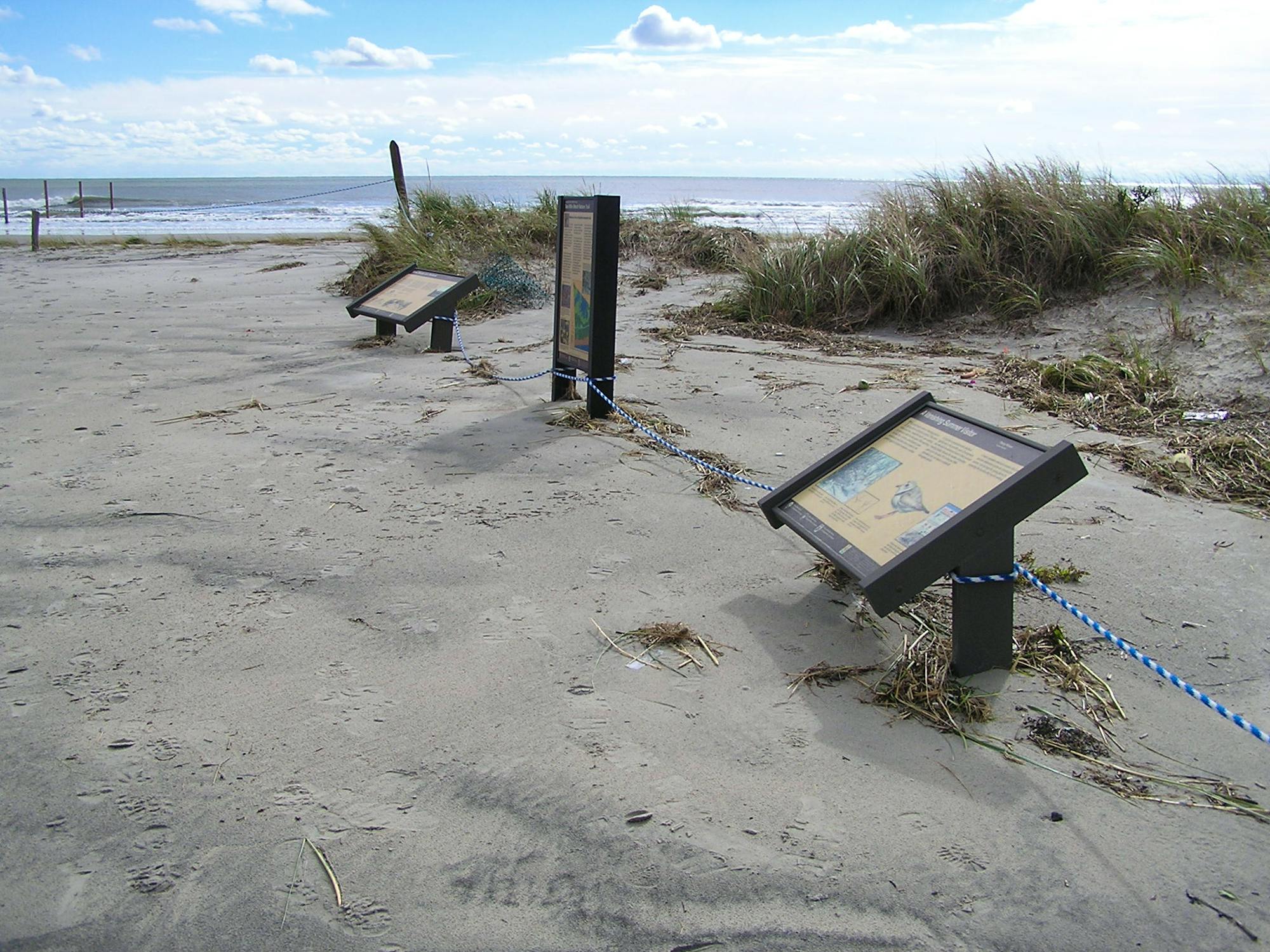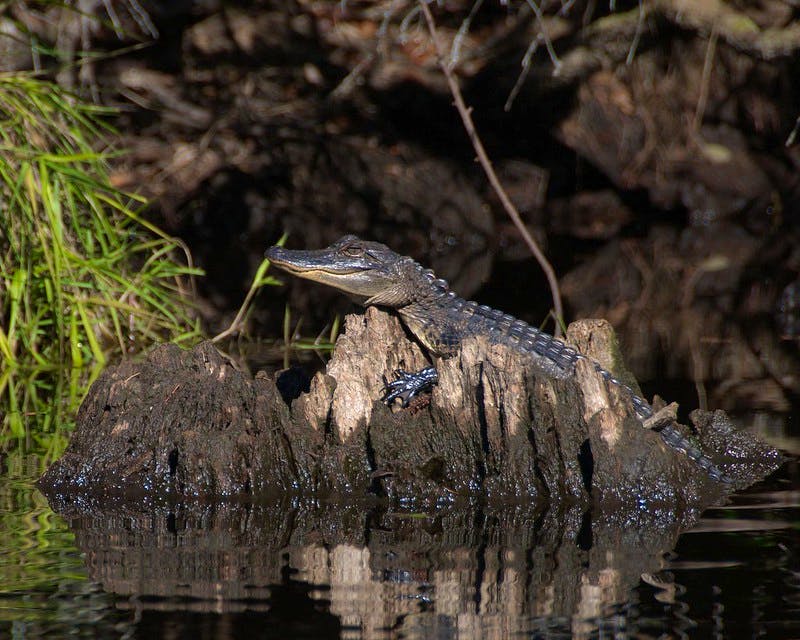People love to live by the water. For centuries, cities like New York, Miami, Honolulu and San Francisco have attracted residents and tourists from around the world. In fact, almost half of the U.S. population lives in counties on the coast, and that percentage is growing in footprint, density, number and population, reshaping and hardening coastlines in the process.
Coasts also provide habitat for great numbers of plants and animals and are typically biodiversity hotspots. But all this coastal development is reducing the amazing biodiversity along our shorelines.
Coastal Defenses
Development has also reduced our coasts’ natural ability to resist and recover from natural disasters and has removed habitat that provides shelter for wildlife and ecosystem services for humans. Traditional coastal defenses like sea walls and levees are widely used to protect communities, but these artificial coastal barriers can lead to significant erosion or unwanted sediment deposition and negatively impact water quality. They are also time-consuming to build and cost billions to construct, maintain and repair.
Increasingly, engineers and planners are starting to pay more attention to the potential of “Nature and Nature-Based Features” (NNBFs) as environmentally friendly solutions—like mangrove forests, beach dunes, coral reefs and wetlands—that fulfill the same roles as an important weapon in the fight against coastal storms and flooding.
NNBFs include natural defenses and human-built features that mimic them. Using NNBFs in coastal development decisions can therefore mean constructing new ones or protecting existing natural ones. NNBFs are often cheaper and require less maintenance and management. They can also make communities more resilient to climate change by adapting to changes in the environment. They are part of the larger concept of “green infrastructure,” or attempting to harness nature’s resilience to solve human problems. And its not all-or-nothing – NNBFs can complement artificial coastal infrastructure.
NNBFs like wetlands are essential to protect coasts from storm surges because they can store and slow the release of floodwaters, reducing erosion and damage to buildings. One study found that salt marshes can reduce wave height by an average of 72%. Coral reefs can serve as a barrier and reduce wave height by an average of 70%. These reefs protect coastal cities near them such as Honolulu and Miami, saving lives and preventing monetary damage.
When Superstorm Sandy slammed the Northeast in 2012, homes on beaches fairly near to sand dunes were protected by these natural buffers, which can blunt the force of waves and wind. In many cases, homes on beach areas where dunes had been removed (often to improve ocean views) were completely destroyed by Sandy. Removing many of the mangroves that lined Biscayne Bay in South Florida may have helped spur economic development. However, it also removed another natural barrier against storm surge. This increased vulnerability of homes and businesses to the hurricanes that frequently hit Miami. Coastal communities in Indonesia hit by the devastating 2004 tsunami that had removed their mangrove forests suffered more damage and more lost lives than areas where mangroves had been allowed to remain. The U.S. Army Corps of Engineers is currently working on a number of projects that look at features like mangroves and their ability to protect coasts.



Bringing Wildlife Back
People are not the only ones who can benefit from NNBF. Restoring or protecting habitat can bring back habitat for wildlife and provide space for wildlife to live alongside coastal human communities. This includes imperiled species.
For example, coastal dunes restoration can improve habitat for threatened species like the piping plover, red knot and seabeach amaranth. Restoring mangroves can help protect species like the wood stork and American alligator, and the endangered hawksbill turtle. Protecting coral reefs can help threatened elkhorn and boulder star corals, and ensure habitat remains for the hawksbill sea turtle. People and wildlife can both have space.



NNBFs can also improve water quality. Much of the rainwater and flood water that goes on vegetation or sand will sink into the ground where it is cleaned. Healthy coral reefs and healthy mangroves help improve marine waters. And by avoiding artificial coastal defenses, polluted runoff can be avoided. Improving water quality can help marine imperiled species. For example, manatees in Florida have been devastated by red tide in recent years. Similarly, water quality issues can stress or kill threatened corals that need clear water for photosynthesis. Even species far offshore, like orca, can be hurt by contaminated runoff from development. Creating habitat for wildlife can even have additional economic benefits beyond coastal protection. It can offer opportunities for economic activity like kayaking, fishing and birding.


The Future of NNBF
In recent years, the U.S. Congress has become interested in the potential of NNBFs, instructing the U.S. Army Corps of Engineers to incorporate NNBFs into coastal defense projects where appropriate. The Corps’ research and development center has taken a leading role in researching NNBFs. Through its engineering with nature initiative, it has developed numerous projects exploring NNBFs’ potential. However, the regional offices have made less progress in taking advantage of NNBFs in their coastal defense projects. NNBFs should be a priority for the Corps and coastal communities around the country – and the world.
Advocating for NNBFs is part of Defenders of Wildlife’s mission to protect habitat and we believe they are a strong tool for addressing the overall biodiversity crisis faced by the planet.
More information:
To learn more about NNBFs generally, check out the Army Corps’ Engineering with Nature website. If you’re interested in learning more, Defenders of Wildlife’s Center for Conservation Innovation will be hosting a talk on NNBFs given by an Army Corp’ expert. Click here to sign up to watch it. To learn more about green infrastructure generally, check out ESRI’s Green Infrastructure story map. There are a lot of green infrastructure projects that you can help with at home, such as Defender’s Orcas Love Raingardens project in the Pacific Northwest.
From the Blog










Follow Defenders of Wildlife
facebook bluesky twitter instagram youtube tiktok threads linkedin